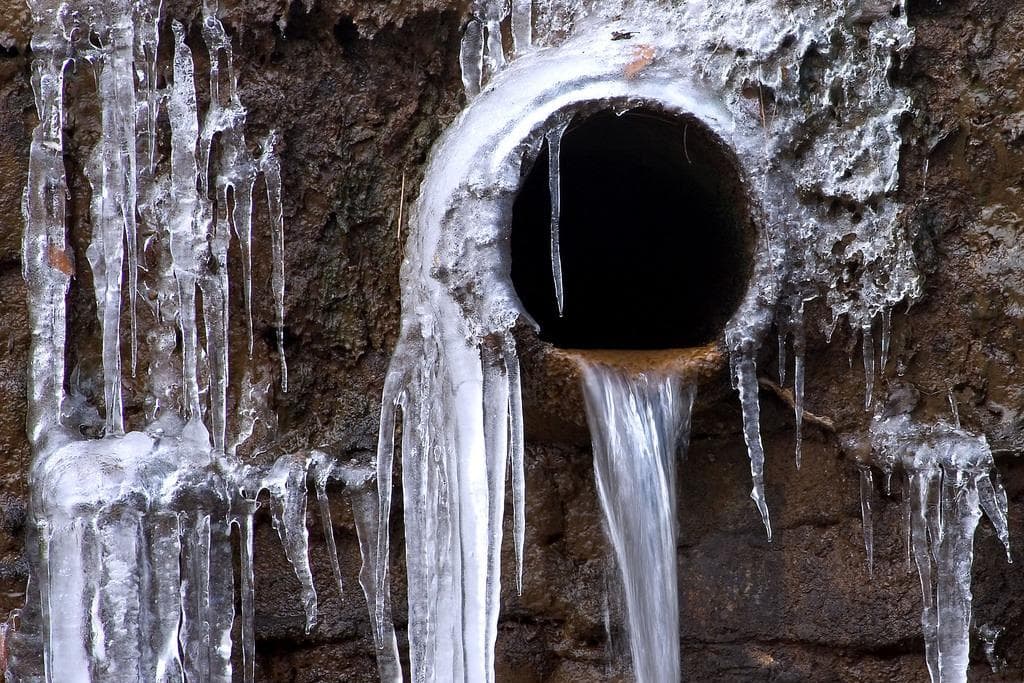Ways to Safeguard Your Plumbing from Freezing: Key Advice
Ways to Safeguard Your Plumbing from Freezing: Key Advice
Blog Article
Nearly everybody maintains their own unique rationale with regards to How to prepare your home plumbing for winter weather.

Winter can ruin your plumbing, particularly by freezing pipes. Below's how to prevent it from taking place and what to do if it does.
Intro
As temperature levels drop, the danger of icy pipes boosts, possibly leading to costly repairs and water damage. Understanding how to prevent icy pipelines is crucial for homeowners in cool environments.
Prevention Tips
Protecting prone pipelines
Wrap pipelines in insulation sleeves or utilize heat tape to protect them from freezing temperature levels. Focus on pipelines in unheated or outside areas of the home.
Home heating techniques
Maintain interior rooms sufficiently heated, specifically areas with plumbing. Open up cabinet doors to allow cozy air to distribute around pipelines under sinks.
How to determine icy pipes
Try to find decreased water flow from taps, unusual odors or noises from pipelines, and noticeable frost on exposed pipes.
Long-Term Solutions
Architectural changes
Consider rerouting pipes far from exterior walls or unheated areas. Add additional insulation to attics, cellars, and crawl spaces.
Updating insulation
Purchase top notch insulation for pipes, attic rooms, and walls. Proper insulation helps maintain constant temperatures and minimizes the threat of frozen pipelines.
Shielding Outdoor Plumbing
Garden hose pipes and exterior faucets
Disconnect and drain garden hoses prior to winter. Install frost-proof faucets or cover exterior taps with insulated caps.
Comprehending Frozen Pipelines
What creates pipes to freeze?
Pipelines ice up when revealed to temperature levels listed below 32 ° F (0 ° C) for expanded durations. As water inside the pipes ices up, it broadens, taxing the pipe wall surfaces and potentially creating them to burst.
Dangers and problems
Frozen pipes can bring about water system disruptions, building damage, and costly fixings. Ruptured pipelines can flood homes and cause comprehensive architectural damages.
Indications of Frozen Water Lines
Recognizing icy pipelines early can stop them from bursting.
What to Do If Your Pipes Freeze
Immediate actions to take
If you think frozen pipelines, keep taps open to alleviate stress as the ice melts. Use a hairdryer or towels taken in warm water to thaw pipes slowly.
Final thought
Protecting against frozen pipes requires aggressive actions and fast actions. By understanding the reasons, indications, and preventive measures, home owners can safeguard their pipes during winter.
5 Ways to Prevent Frozen Pipes
Drain Outdoor Faucets and Disconnect Hoses
First, close the shut-off valve that controls the flow of water in the pipe to your outdoor faucet. Then, head outside to disconnect and drain your hose and open the outdoor faucet to allow the water to completely drain out of the line. Turn off the faucet when done. Finally, head back to the shut-off valve and drain the remaining water inside the pipe into a bucket or container. Additionally, if you have a home irrigation system, you should consider hiring an expert to clear the system of water each year.
Insulate Pipes
One of the best and most cost-effective methods for preventing frozen water pipes is to wrap your pipes with insulation. This is especially important for areas in your home that aren’t exposed to heat, such as an attic. We suggest using foam sleeves, which can typically be found at your local hardware store.
Keep Heat Running at 65
Your pipes are located inside your walls, and the temperature there is much colder than the rest of the house. To prevent your pipes from freezing, The Insurance Information Institute suggests that you keep your home heated to at least 65 degrees, even when traveling. You may want to invest in smart devices that can keep an eye on the temperature in your home while you’re away.
Leave Water Dripping
Moving water — even a small trickle — can prevent ice from forming inside your pipes. When freezing temps are imminent, start a drip of water from all faucets that serve exposed pipes. Leaving a few faucets running will also help relieve pressure inside the pipes and help prevent a rupture if the water inside freezes.
Open Cupboard Doors
Warm your kitchen and bathroom pipes by opening cupboards and vanities. You should also leave your interior doors ajar to help warm air circulate evenly throughout your home.

I discovered that page on Helpful Tips to Prevent Frozen Pipes this Winter while surfing around the web. Sharing is caring. Helping people is fun. Many thanks for taking the time to read it.
Estimate Report this page